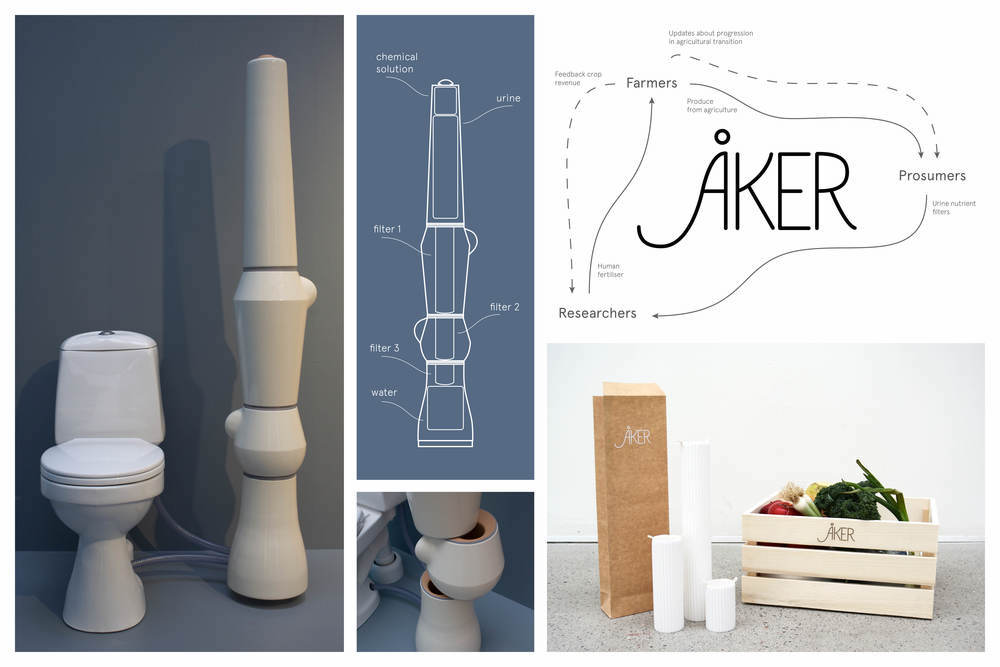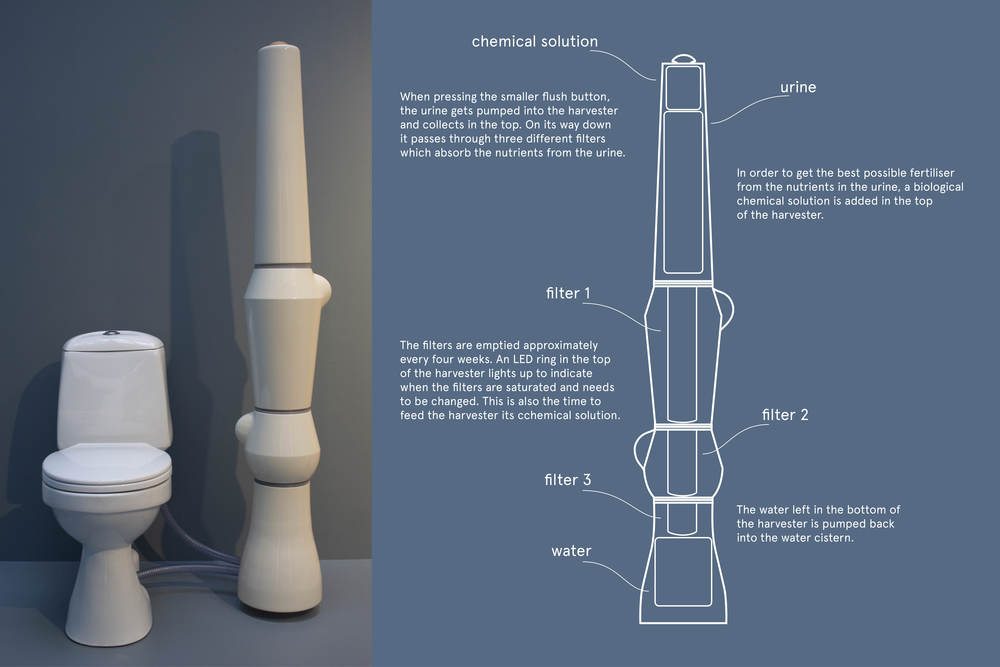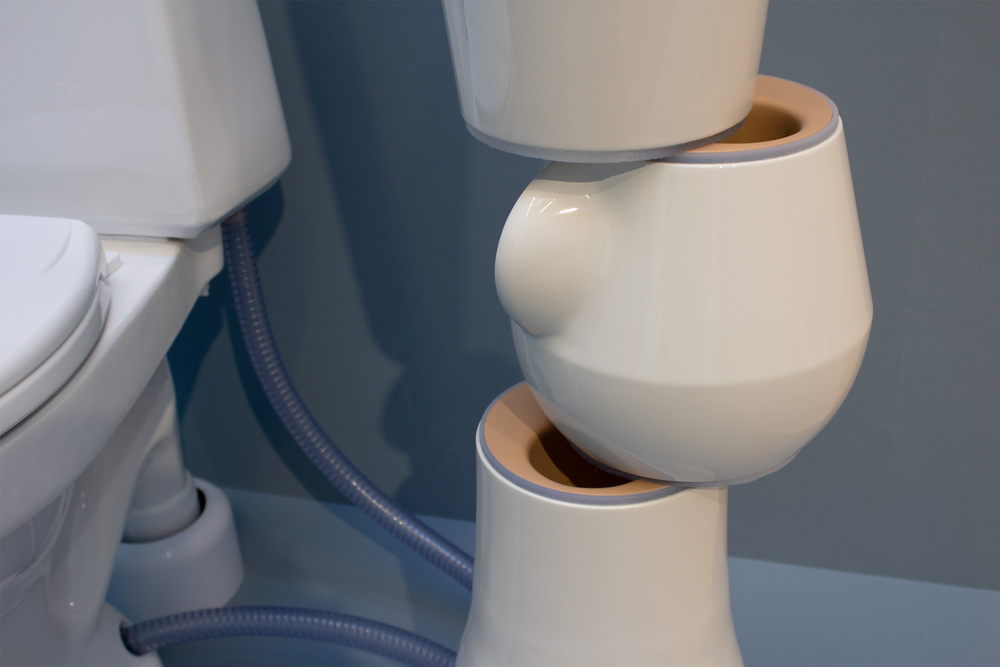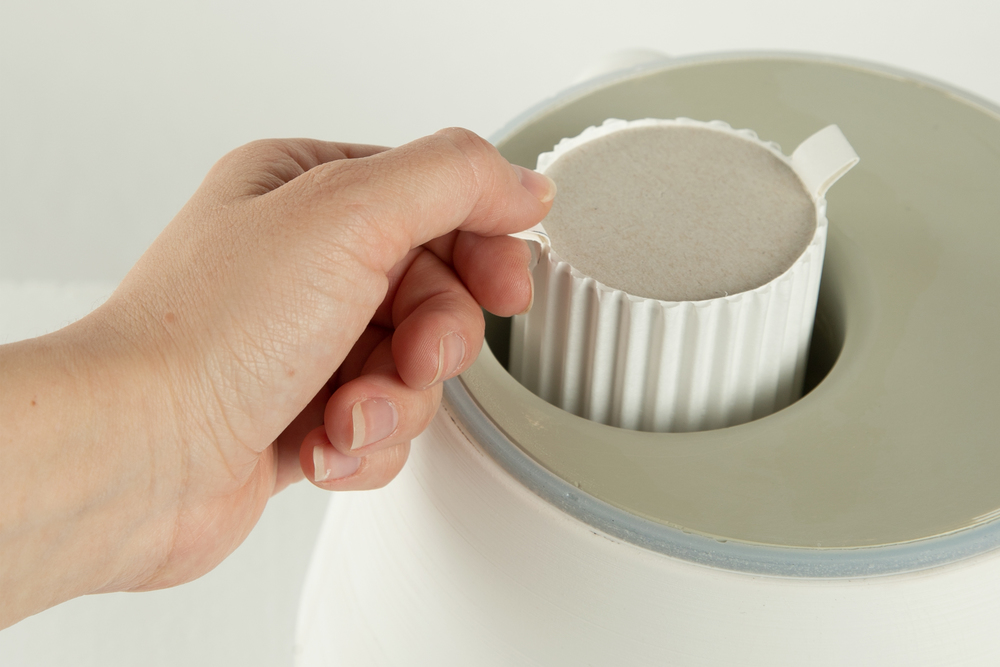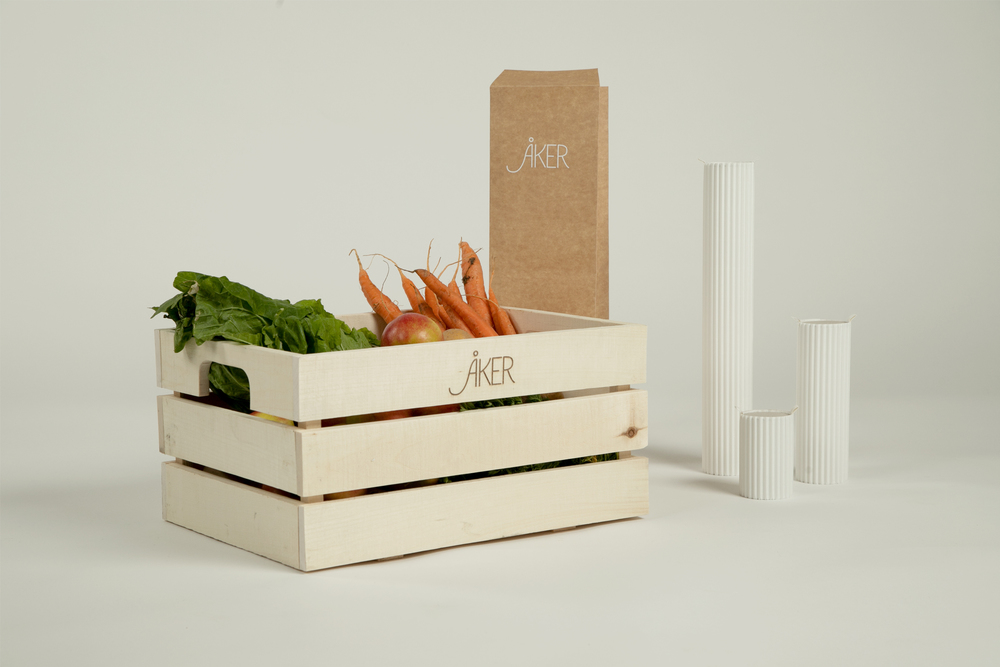Honorable Mention
Human to Humus
Harvesting the nutrients from human urine, returning them to the field to close the cycle
Solution
In the vegetable delivery service Åker* the user gets to contribute with nutrients for the produce. When signing up to the service a separating toilet and a filtering module is installed in your home. The saturated filters are packaged and given to the person who delivers the vegetables, then ground and used as fertiliser. Scaling up the use of human fertiliser, the user becomes a prosumer, producing and consuming nutrients in a circular system.
*meaning both ’traveling’ and ’field’ in Swedish
Project Description
The system that comprises all life on earth is circular. The human linear approach has lead to an accelerating and devastating imbalance in our ecosystem and we have depleted our soils to the extent that we have become dependent on mined nutrients in order to grow nutritious food. Our human waste is flushed out in water systems making them eutrophied. This design proposal explores the possibility to close the circle by harvesting the nutrients from human urine and return them to the field. With a filtering unit I call the harvester, connected to a separating toilet, users of the service Åker gets to provide the farmers they buy vegetables from with human fertiliser. Farmers get support from a research team to transition into a more sustainable agriculture.
Overview of the Solution
The startup company Harvest Moon is working on solutions to make use of the nutrients in human waste. Human urine contains, amongst many other nutrients, the three main ingredients used in industrial fertiliser; nitrogen, phosphorus and potassium. In water based sewage systems, where urine and faeces are mixed, only 20% is filtered, the remaining 80% of the human waste leaks out, polluting water systems and creating problems for the aquatic life. The ingredients for industrial fertiliser are mined from the earth’s crust, finite resources that will eventually run out. The ways in which they are spread on our fields, together with our reckless misplacing of our bodily wastes, leads to eutrophied waters and depleted soils.
Working in connection with the company Harvest Moon, I have made a design proposal where the nutrients in human urine are returned to the fields from which they first derived and where the cycle is made visible for the food consumers in the cities. My research question has been ”How could the use of human fertiliser be implemented in agriculture in a way that increases the food consumer’s understanding of human’s entanglement in natural cycles?”
I designed the filtering unit, the harvester, in porcelain to make it fit into the bathroom environment in a commercially viable way. Yet I made it an off-white tone as a reminder of nature, aiming to make the bathroom a bit more accepting of bodily features. I let the tubes be see through as I saw it important to make the process visible, letting the users change filters themselves rather than leaving that to the vegetable deliverer. In the form giving process I took inspiration from antique vessels aiming to connect the form language of flower pots, kitchen ware and bathroom ceramics, all relevant elements of the circular system that the product represents. During my process I have collected my own urine, making it an embodied experience and collected photos from numerous private bathrooms.
I decided to integrate the filtering unit in a vegetable delivery service both as an incentive for users to provide urine and to connect urban inhabitants with farmers, but also in order to make the harvesters and separating toilets part of a circular economy, the company Åker having control over their whole life cycle. The aim with making it a commercial product-service system is to make it scalable and with a low threshold. Hopefully it could function as a good example and drive political regulations.
PROJECT TEAM
Hanna Turesson Bernehed
INSTITUTION
Konstfack University of Arts, Crafts and Design,
Sweden
Category
Product/Service/System
FACULTY/COURSE ADVISOR
Martín Ávila
STAKEHOLDERS
Harvest Moon – Private company
Wostman Ecology AB – Private company
